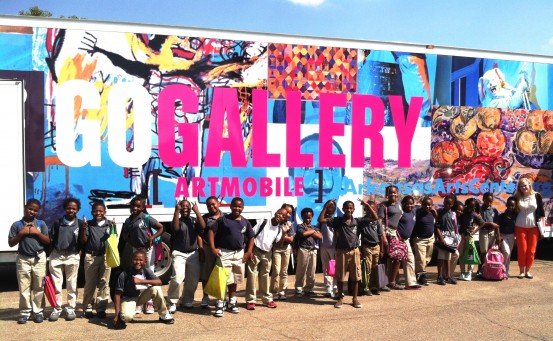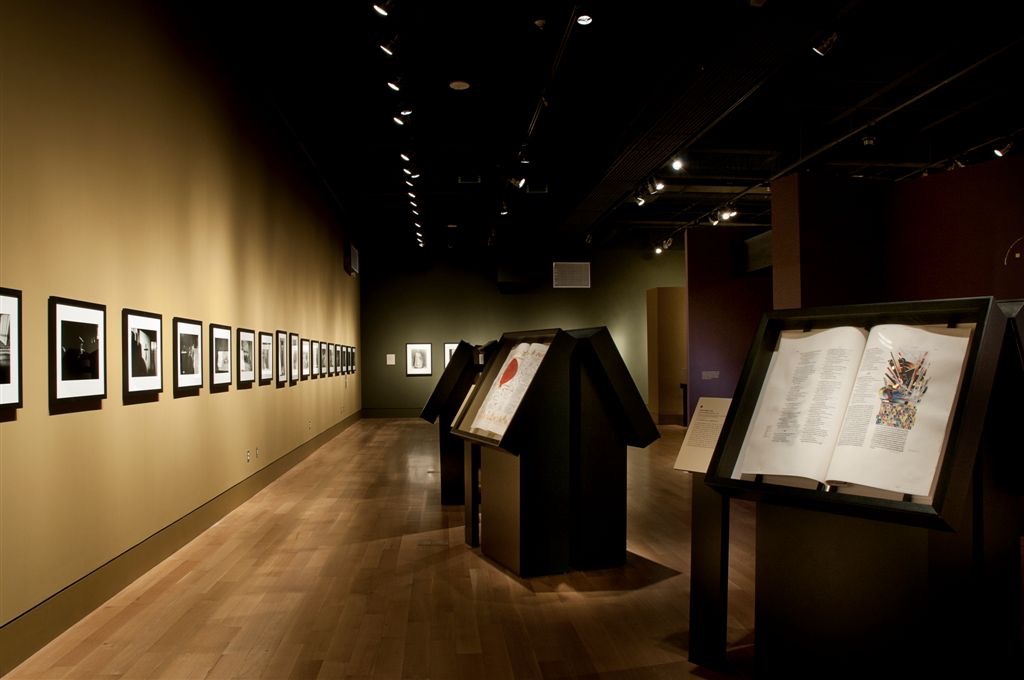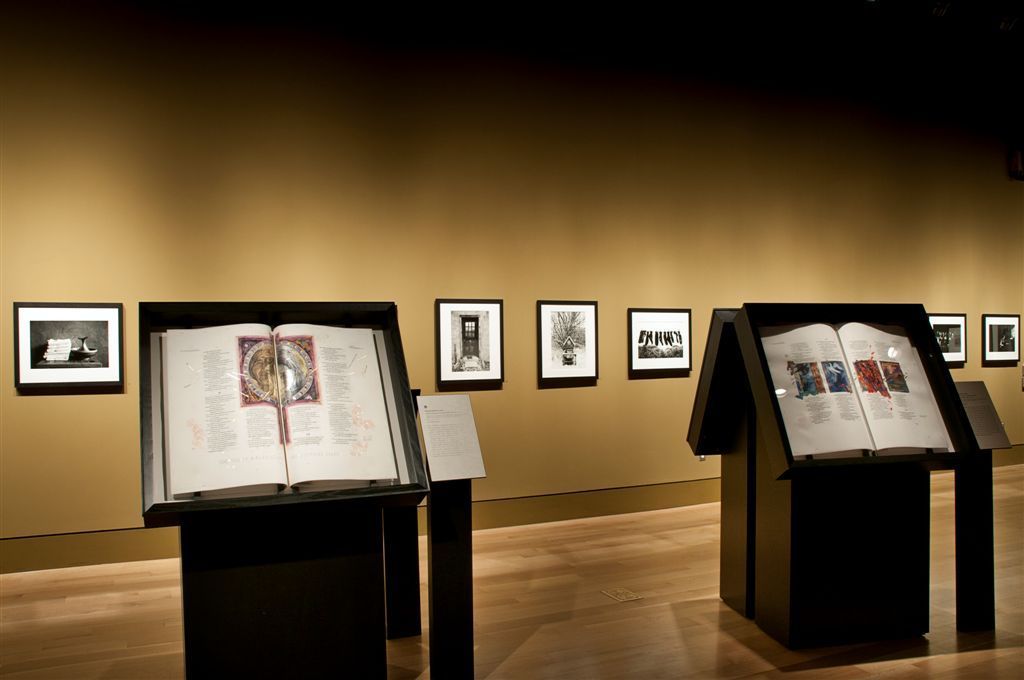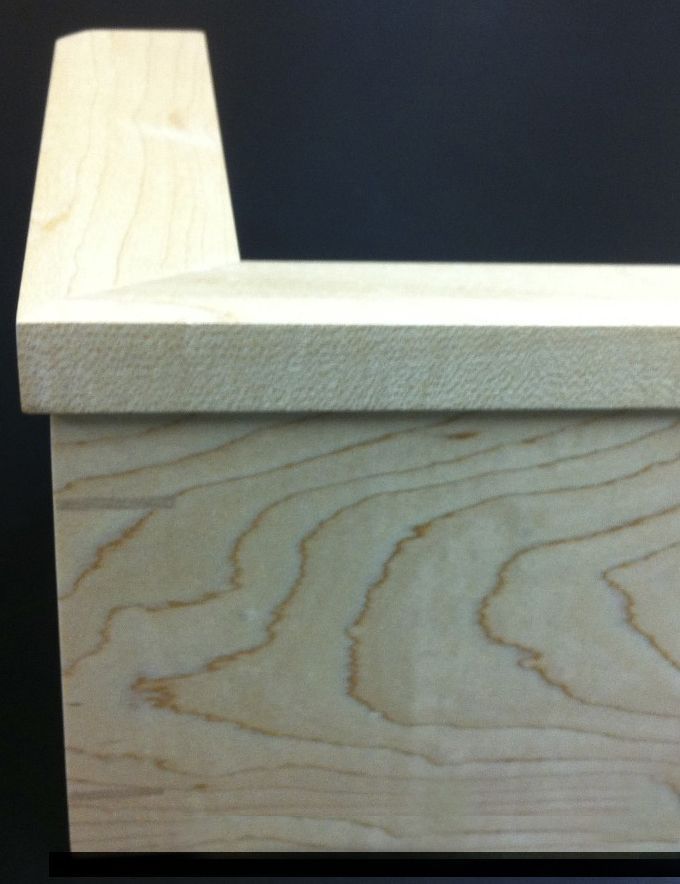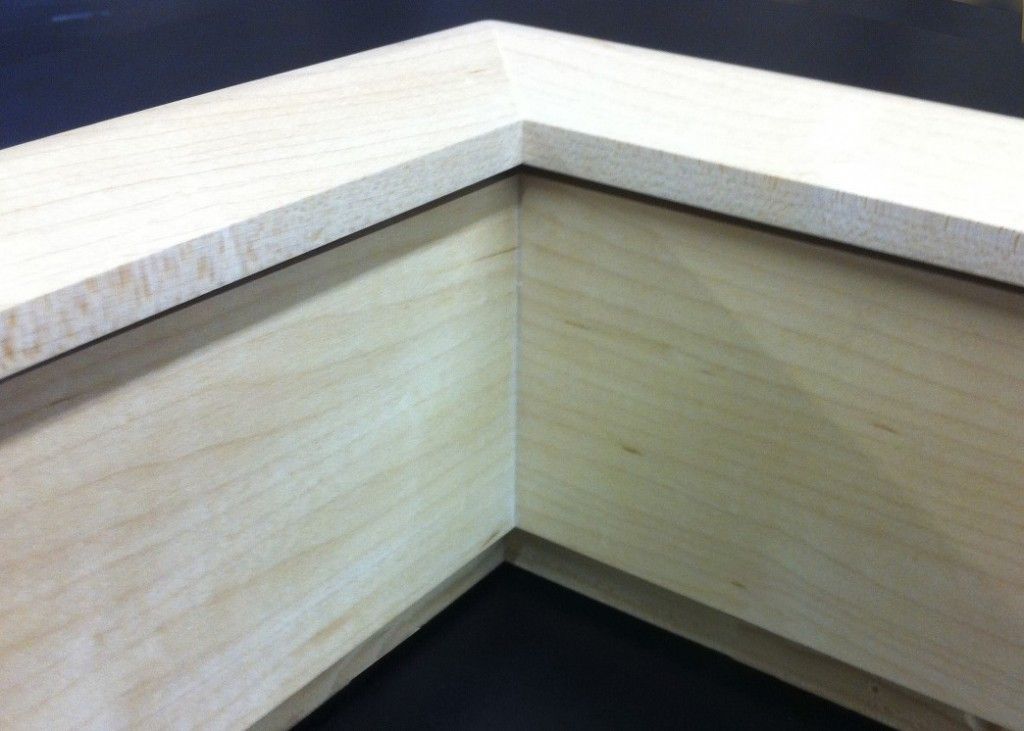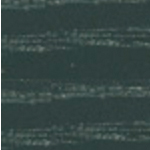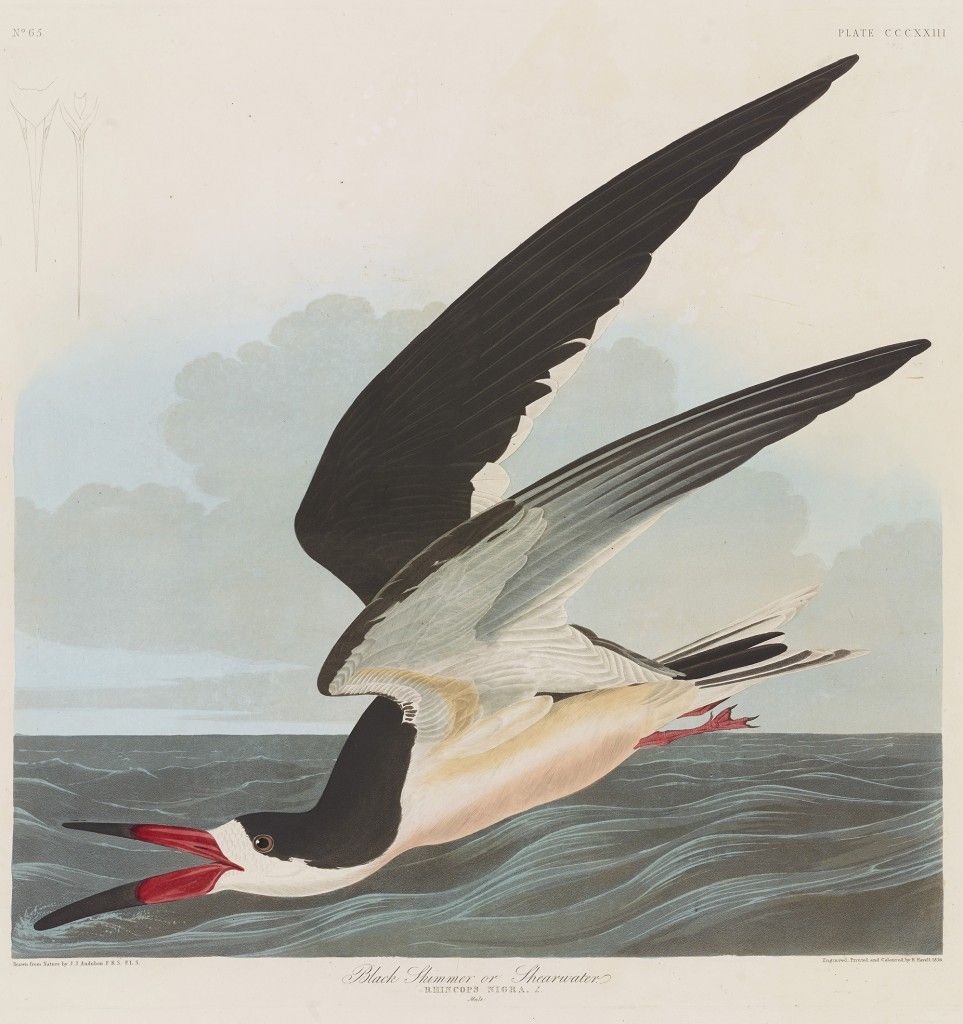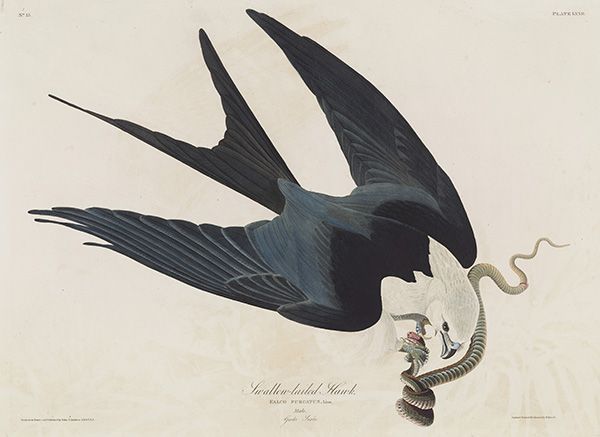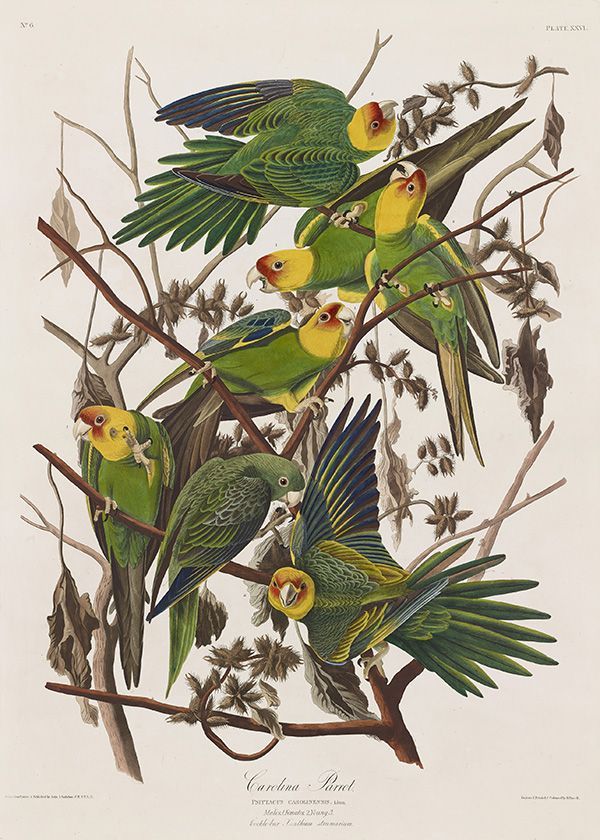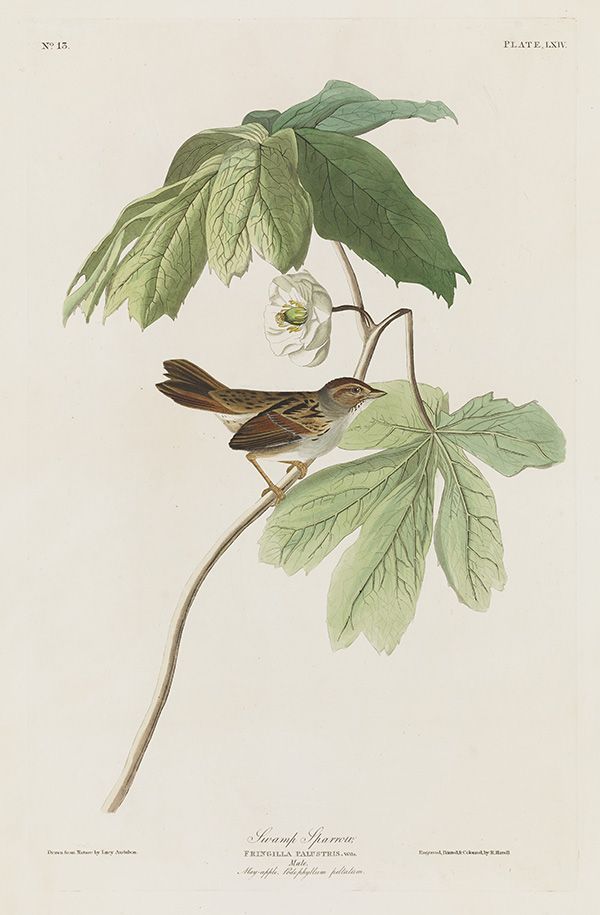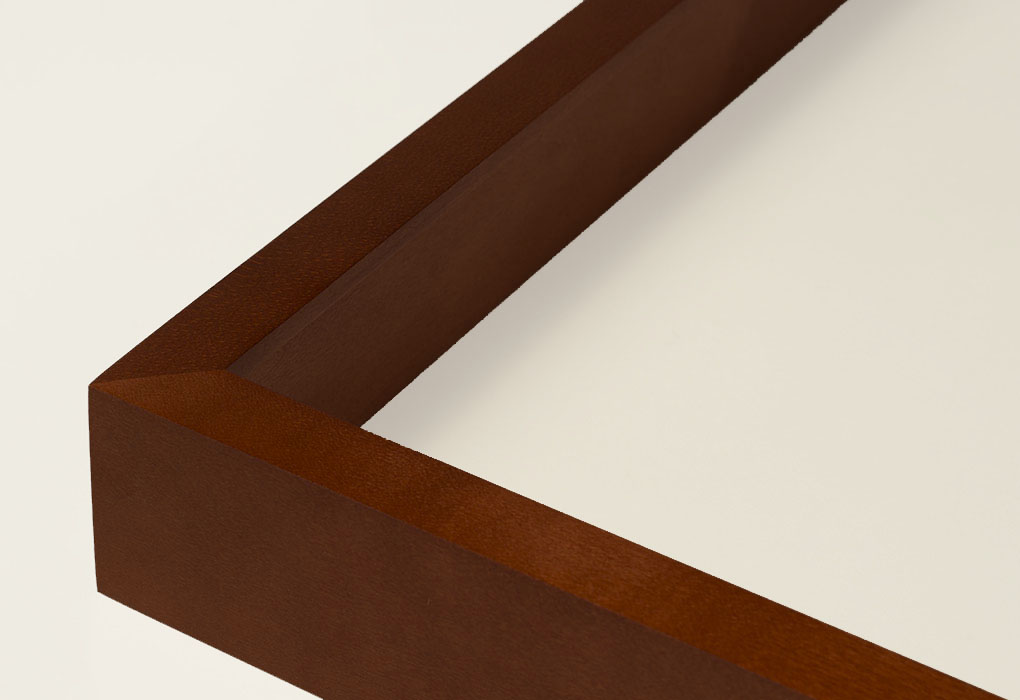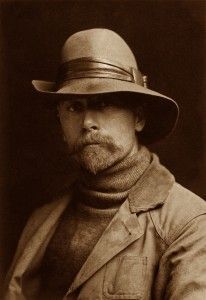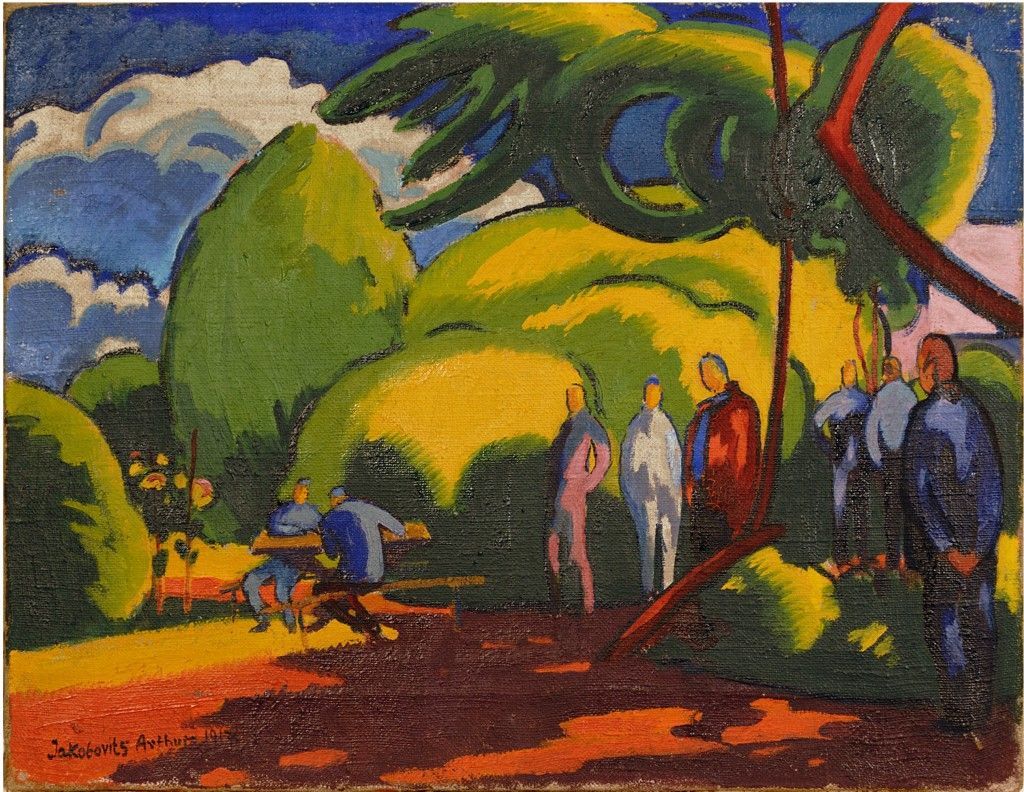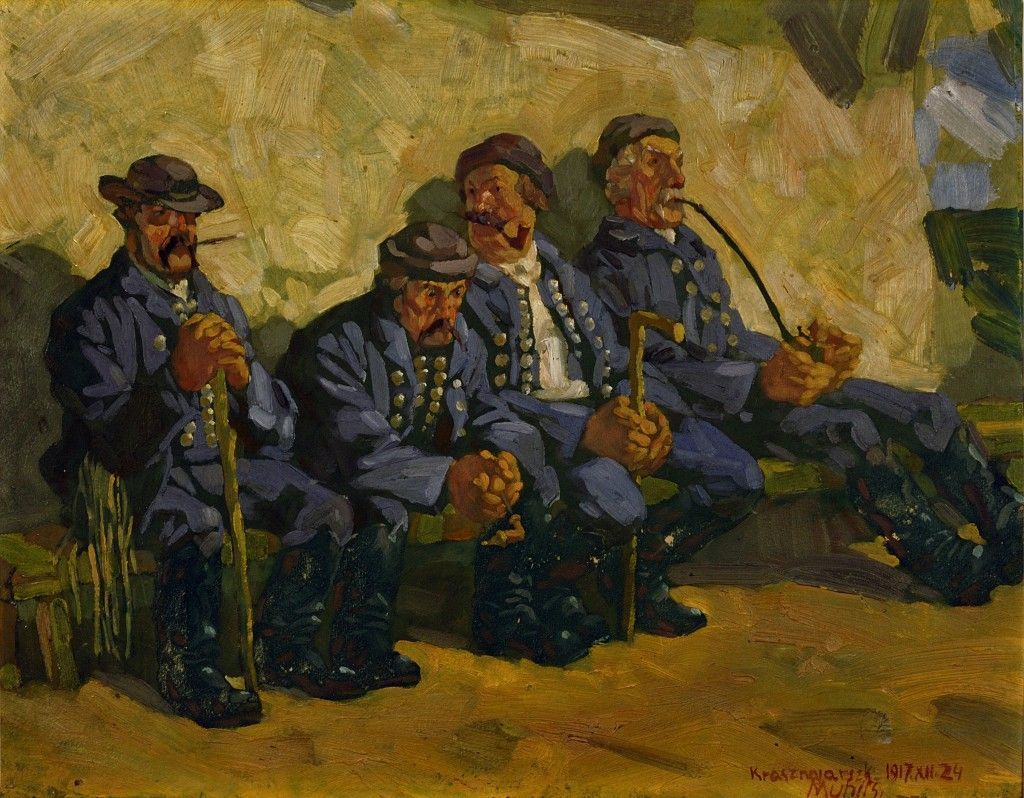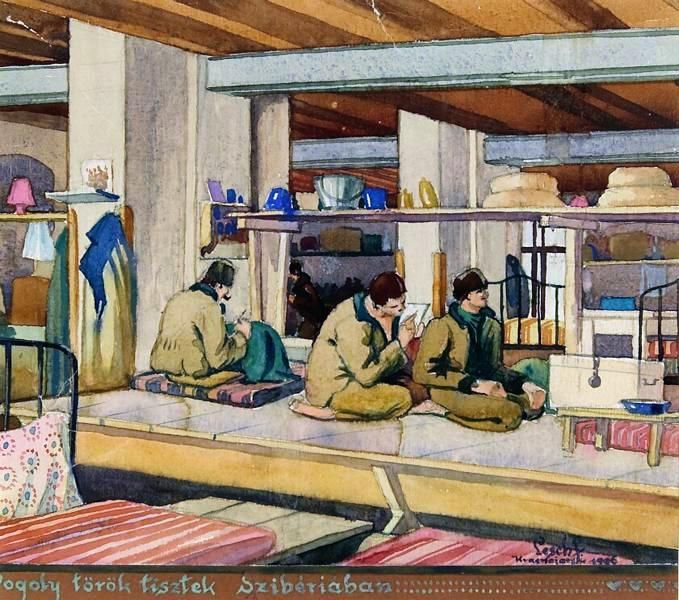David Wiesner & The Art of Wordless Storytelling at Santa Barbara Museum Of Art
David Wiesner & The Art of Wordless Storytelling is the first comprehensive retrospective devoted to this internationally recognized master of the picture book. The exhibition includes nearly 70 original watercolors handmade by David Wiesner (b. 1956) for nine of his most famous books, including three for which he won the prestigious Caldecott Medal: Tuesday (1992), The Three Pigs (2002), and Flotsam (2007).
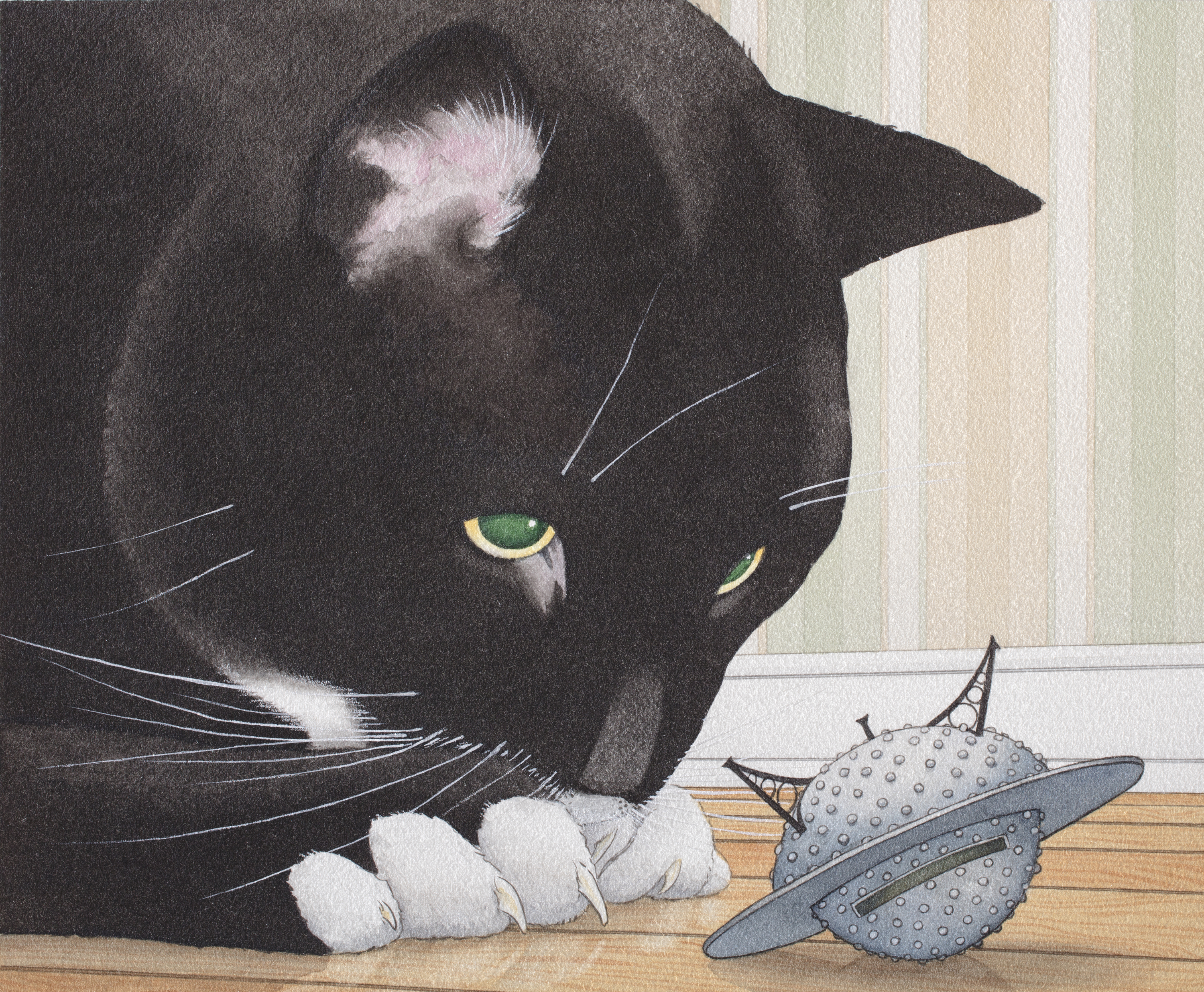
David Wiesner, Mr. Wuffles!, pg. 8, 2013. Watercolor and india ink on paper. Courtesy of the artist.
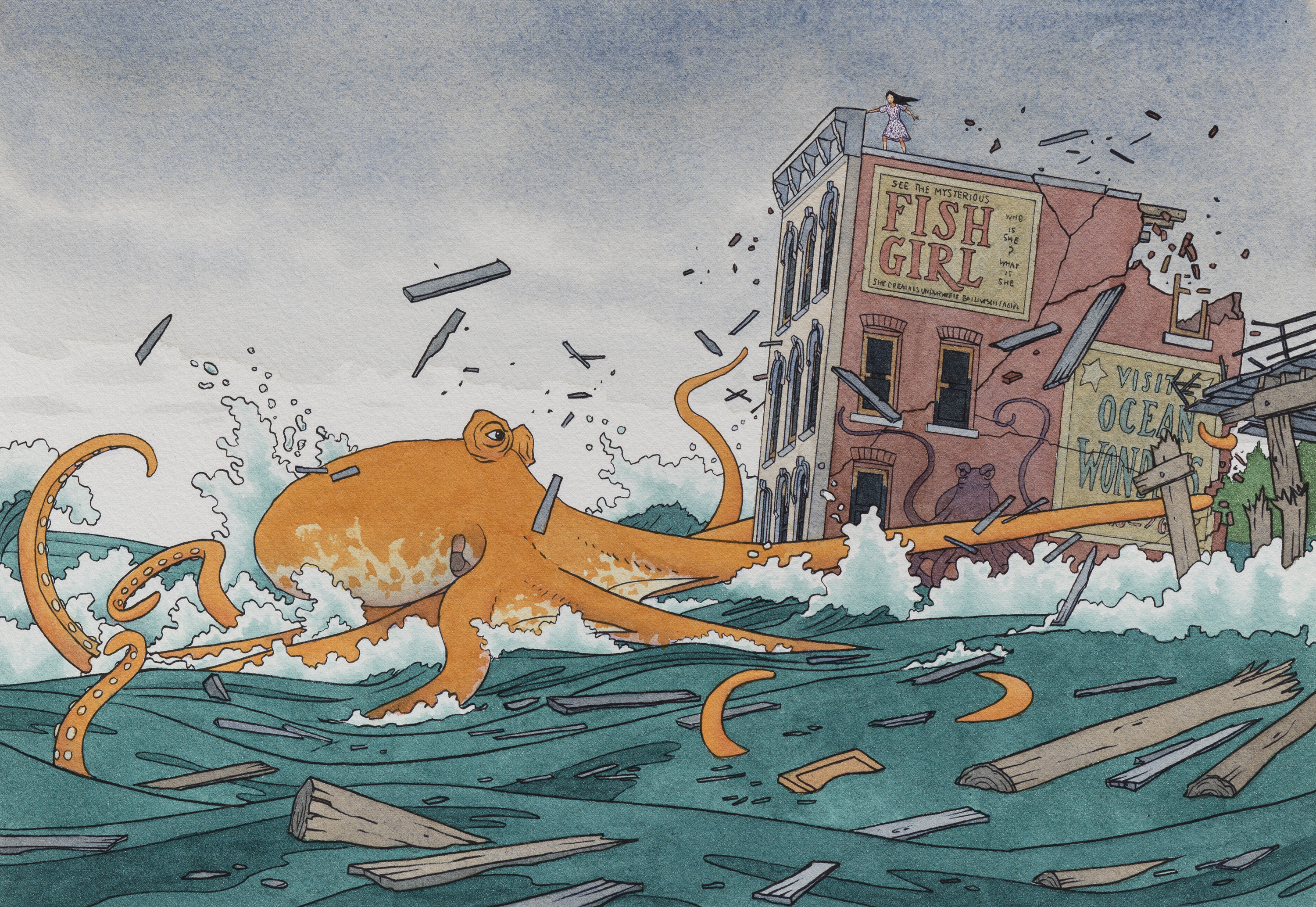
David Wiesner, Fish Girl, pg. 168-169, 2016. Watercolor and ink line on paper. Courtesy of the artist.
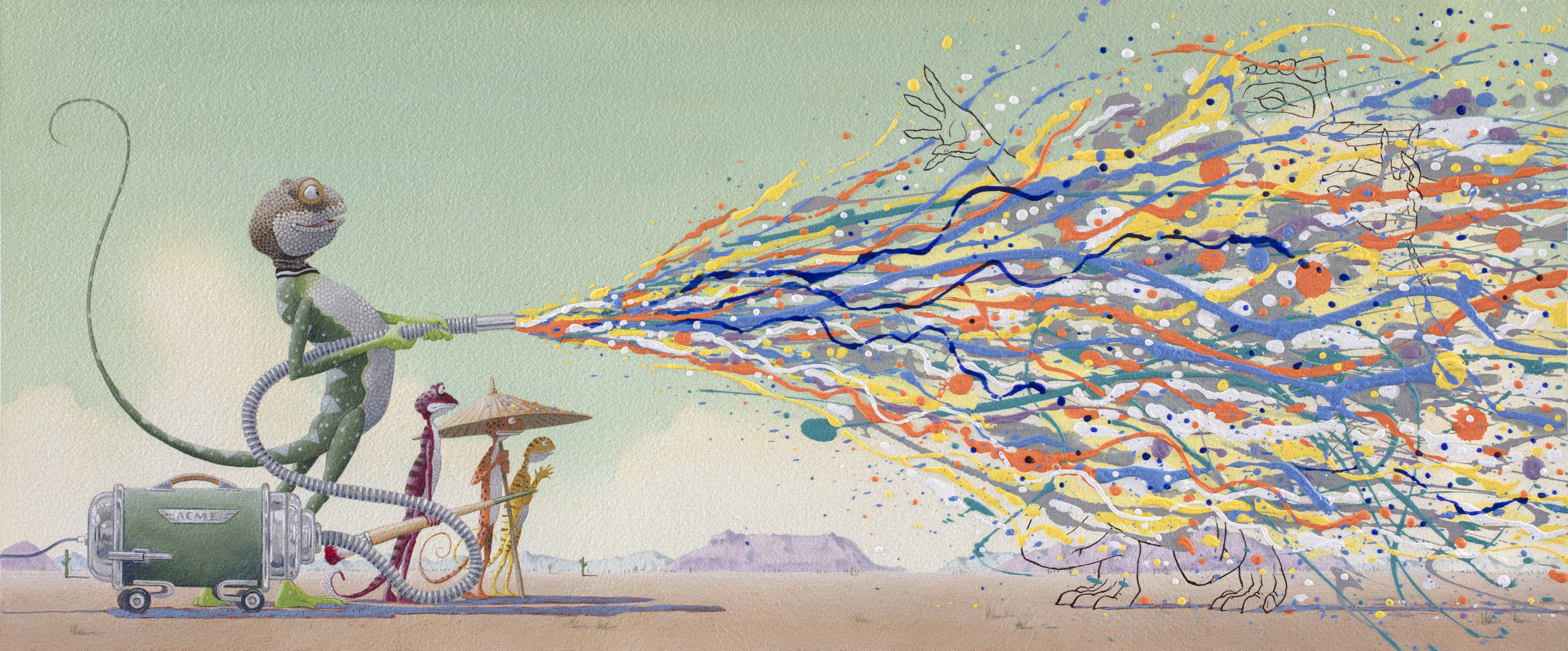
David Wiesner, Art & Max, pg. 25, 2010. Watercolor, acrylic and poster paint on paper. Courtesy of the artist.
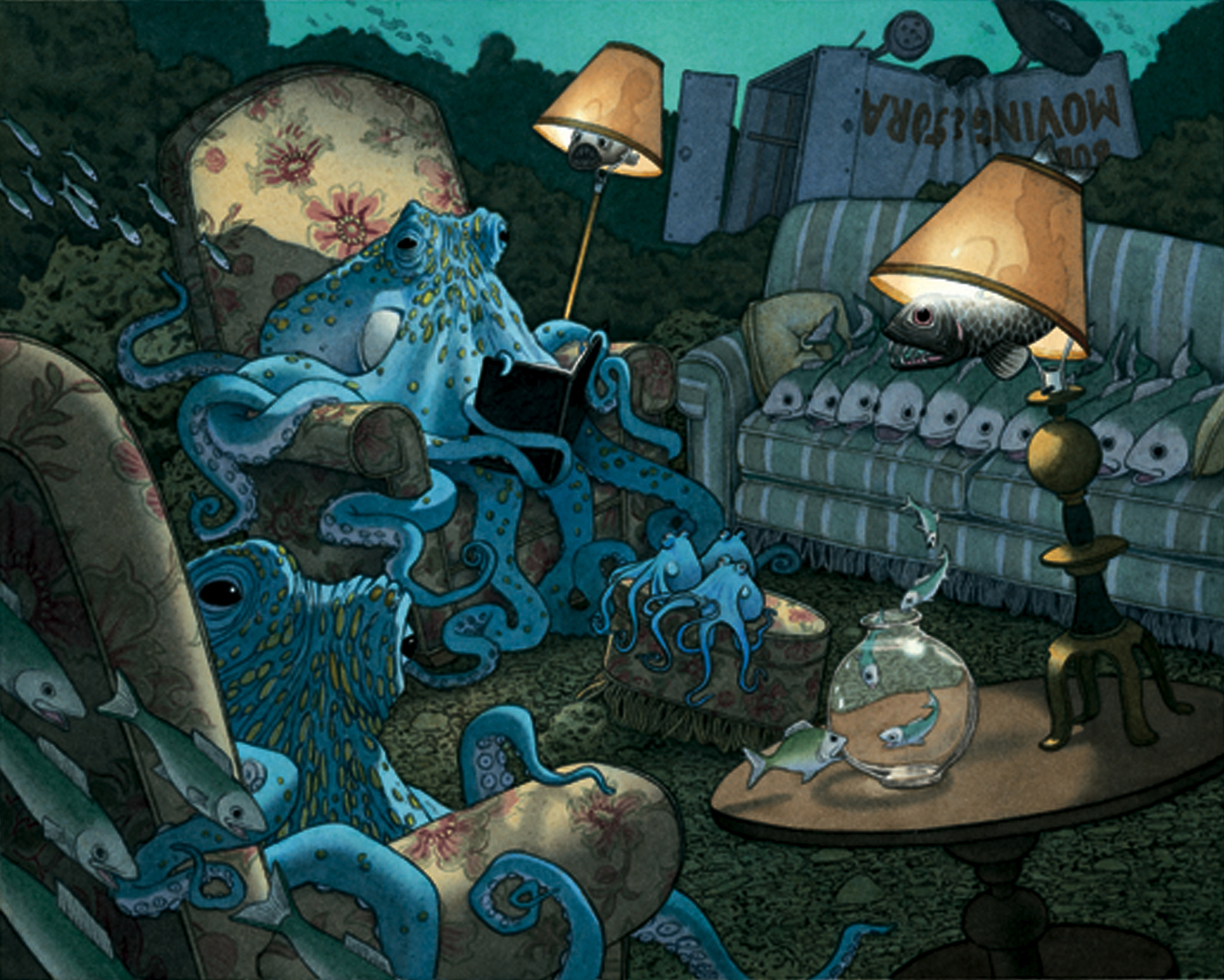
David Wiesner, Flotsam, pg. 19, 2006. Watercolor on paper. Courtesy of the artist.
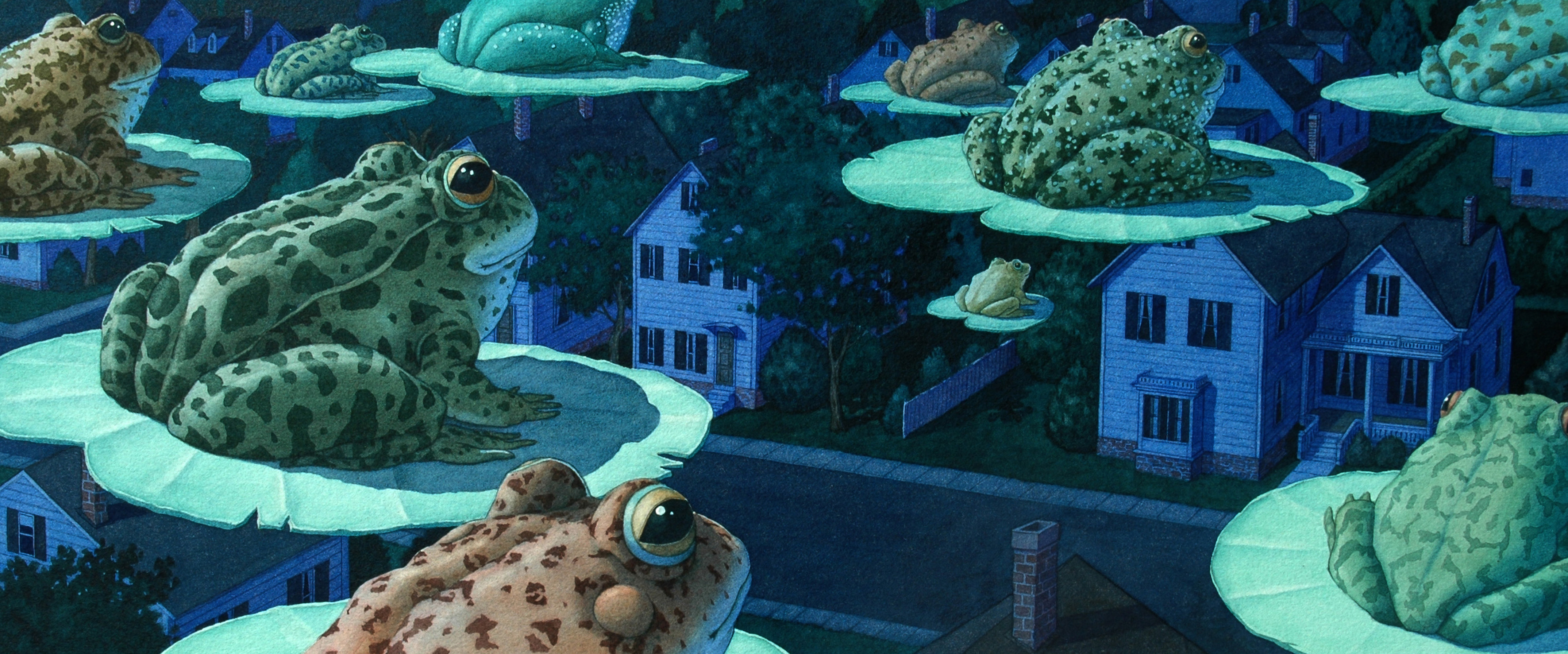
David Wiesner, Tuesday, pg. 10-11, 1991. Watercolor on paper. Courtesy of the artist.
This is the first exhibition that seeks to contextualize the work of a noted, so-called “children’s book illustrator” in the greater art-historical context of not just the contemporary visual culture of comic books and major motion pictures, but also the more somber realm of social critique, practiced so effectively in the 19th century by the likes of Honoré Daumier and continued with gusto by his avant-garde followers between the World Wars. In the case of David Wiesner, many strands of influence are apparent in his now revered approach to wordless storytelling. As explored in the accompanying catalogue, one easily detects the artist’s early attraction to surrealist masters of the 20th century (Salvador Dalí, Max Ernst, and René Magritte), combined with an abiding fascination with the story-telling techniques of such American pioneers of the illustrated picture book as Lynd Ward (1905–1985), and the indelible impressions made by Ward’s earlier European counterparts, Otto Nückel (1888–1955) or Franz Masereel (1889–1972).
The charm of these wordless narratives is apparent; but the actual process by which Wiesner achieves this seemingly effortless effect of visual wit is not often fully apprehended, especially if limited to the reproductions of the illustrated books. Viewing the original works reveals the multiple layers of watercolor that he uses to create the opaque, exquisitely nuanced hues that bring each piece to life.
David Wiesner & The Art of Wordless Storytelling
January 29, 2017 – May 14, 2017
Santa Barbara Museum of Art
Santa Barbara, California
June 18, 2017 – November 5, 2017
Eric Carle Museum of Picture Book Art
Amherst, Massachusetts
FRAMING SPECIFICATIONS AND ADVICE
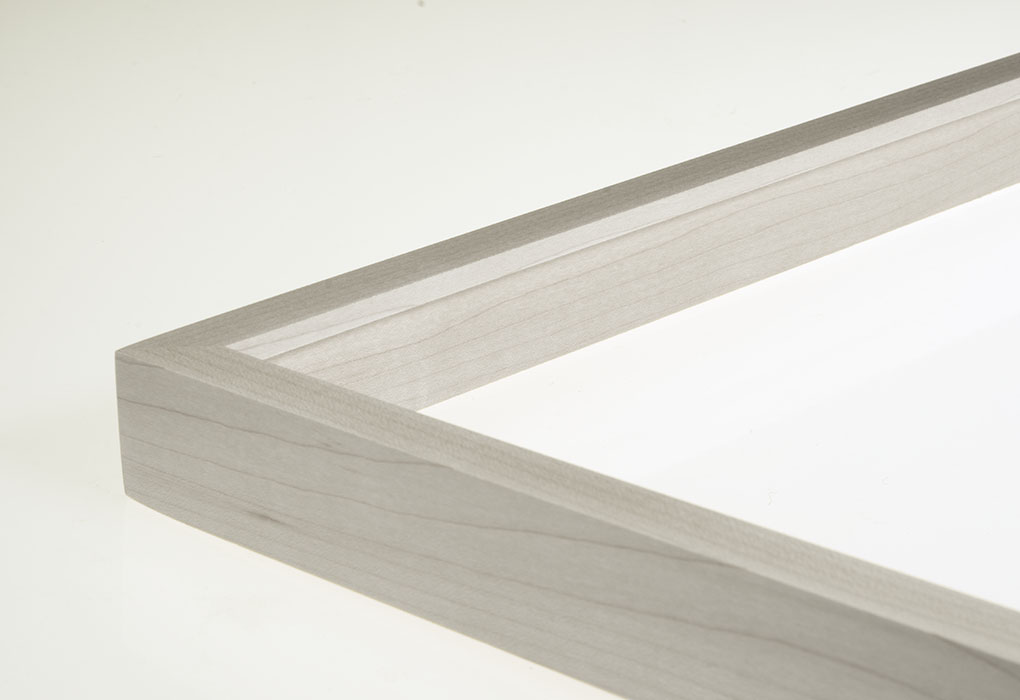
METRO GALLERY FRAME
Thin Profile: 114
Type: Thin Gallery Frame
Wood and Finish: maple wood frame with pickled white finish
Purchasing Option: joined wood frame
Framing Advice: fitting gallery frames
